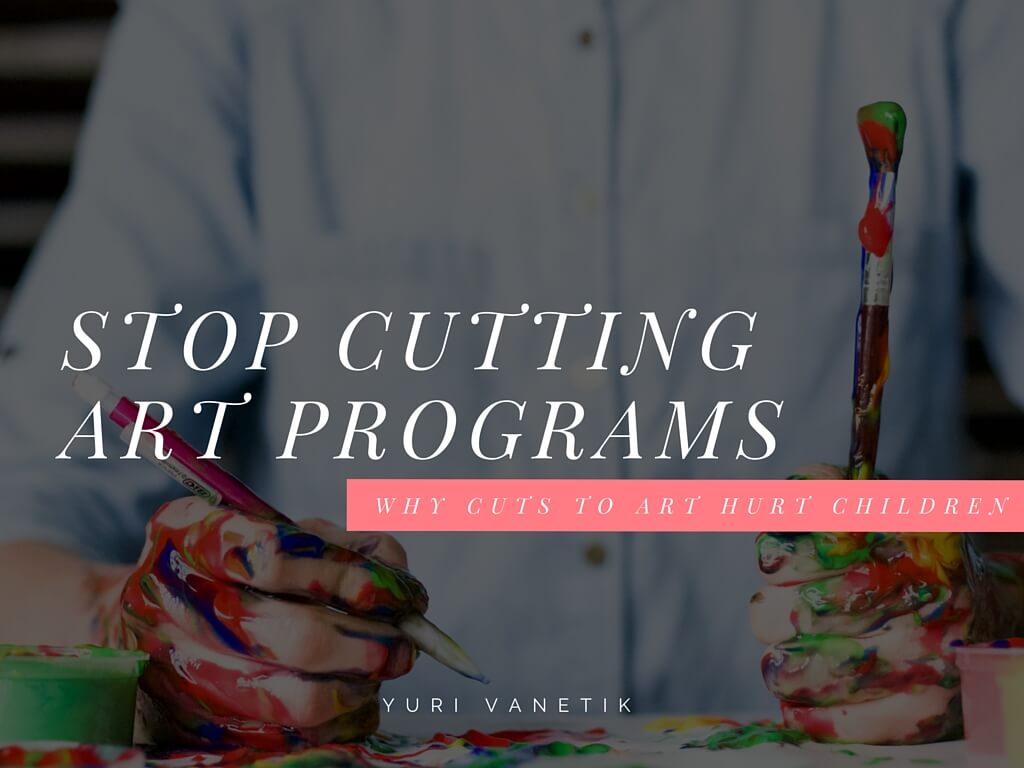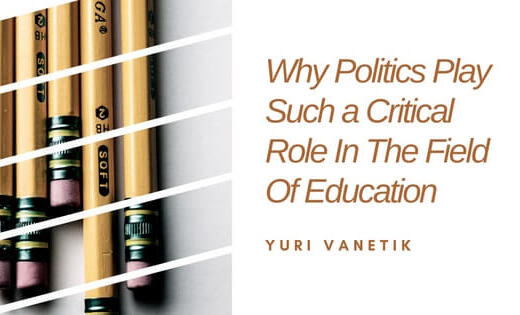art programs
It doesn’t take an ingenious mind, critical thinking skills or any classical training to appreciate art for what it is. Art, like beauty, is truly in the eye of the beholder. Each piece can have vastly different meanings and impacts, evoke different emotions and symbolize different things depending on who is perceiving the art. So why, then, are art programs within schools around the country being slashed again and again?
According to Law Street Media, budget cuts in schools across the country are rampant, as 95 percent of students around the nation attend schools that have suffered from budget cuts. While these cuts have become more or less universal, the nation’s emphasis–put in place predominantly by the No Child Left Behind and Common Core systems–have placed the emphasis of education on what are considered “core” subjects. This often leaves art programs in desperate need of funding, sometimes to the point of being eliminated entirely from a curriculum.
So why does this matter? The reasoning is twofold.
First, our children aren’t gaining the appreciation or the exposure to art that they deserve. With these cuts in art programs can come a cut in creativity and imagination in the children who will be leading the world’s businesses and creating the world’s art in just a few short years. Art programs breed innovation for children of all ages, so by choosing to cut back on art programs, schools are effectively willfully reducing the creativity and innovation that was formerly cultivated in young minds around the nation.
Imagine the art we appreciate today–even the art that you may not, but others do, like video games or street art–none of that would be possible if those responsible for the creation hadn’t found their calling. If Piet Mondrian or Andy Warhol had never cultured their creative minds, the art would would have suffered.
But indeed, the second benefit of art programs in schools extends beyond finger paints and stretched canvas. Art programs have been shown to foster problem-solving and creative solution skills in children even outside of the world of art. In short, children who are exposed to instruction in classes like art, woodshop and music yield better results across the board.
A 2002 study revealed that students enrolled in drama, art and music courses didn’t just excel in the realms of drama, art and music, but showed increased abilities in reading, writing and math as well. This connection has been known and proven since 2002, so why are we seeing continued cuts to art programs?
Adam Savage, known primarily for his role in Discovery’s “Mythbusters,” had this to say about arts programs in US schools “If you want the kids’ test scores up, bring back band and bring back shop and get kids actually learning stuff instead of teaching them how to take a test.”
The TV personality helped to stir the pot when he offered that quip in an interview with the Tampa Bay Times last April. At this point, it’s both narrow-sighted and flat out incorrect to downplay the importance of the arts within schools. It’s time to teach the next generation of children how to get creative, sit back, and watch them succeed.
Author: Yuri Vanetik



